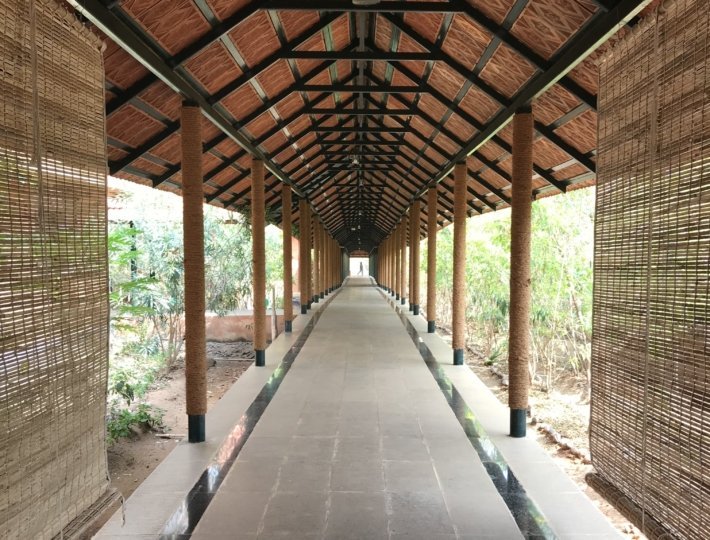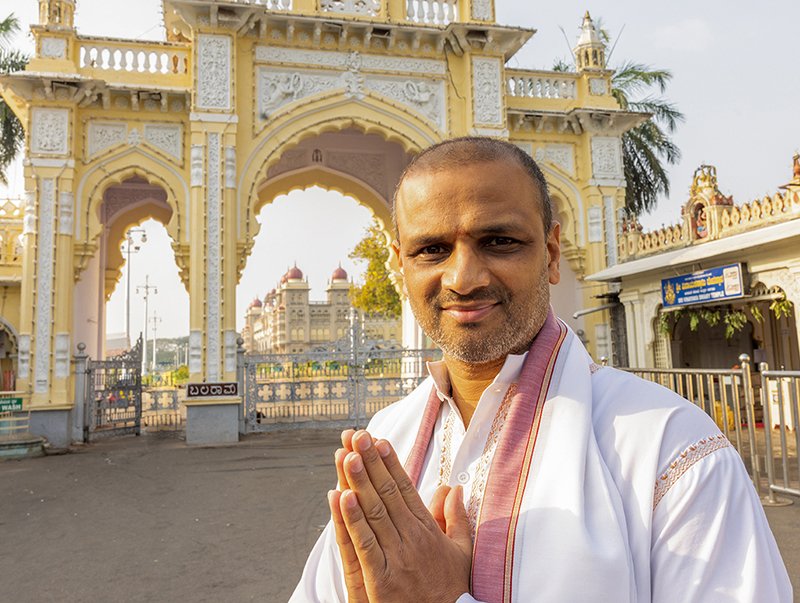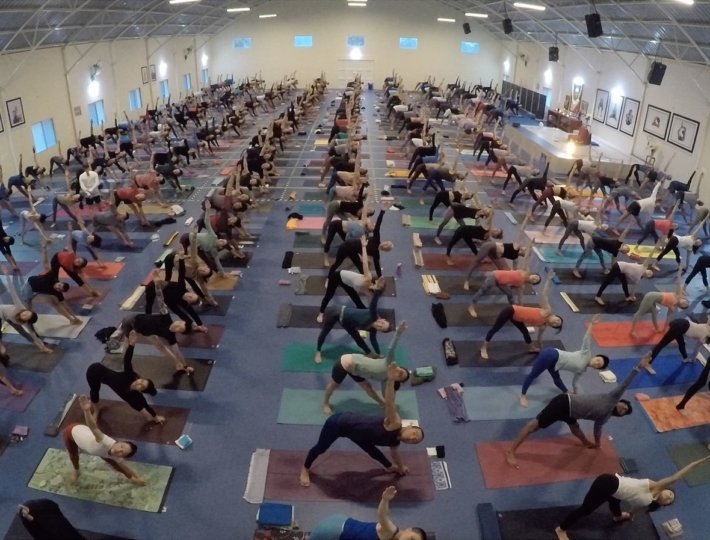As Ayurvedic medicine becomes more popular and well-known in North America, more people are talking about the various Ayurvedic treatments they’ve tried. One of them that’s currently getting a lot of buzz is called a Panchakarma detox.
As you can probably guess, this is an ancient practice for clearing the body of toxins. In fact, Panchakarma’s literal translation is “five purification procedures.” But what many people don’t know about Panchakarma is that they’re not all safe for everyone. Luckily, there are many different external body work therapies also included in Panchakarma that more gently detox and rejuvenate the body. Here’s what you need to know.
Cleansing Panchakarma Detox
The most classic type of Panchakarma detox involves actually removing toxins from the body through one or more of the following methods:
- Virechana or purging: The patient is prepared for several days, then given herbs that will help them purge through the lower orifice.
- Vamana or emesis: The patient is prepared for several days, then given herbs that will cause them vomit.
- Basti or enema with herbs: An enema with herbs is administered to lure toxins from the colon.
- Basti or enema with oil: An oil enema is administered to nourish the colon.
- Nastya or nasal drops: Nasal drops are administered after preparation to detoxify the head and neck region.
The above methods are used by Ayurvedic doctors who specialize in internal medicine. Those who specialize in surgery may also use bloodletting, with leeches for example, as well.
Contrary to what’s commonly thought about Panchakarma detoxing, it’s extremely rare for someone to go through all five treatments. This would require a minimum of 60 days of supervised Ayurvedic care. Each treatment requires several days of preparation, oil massage, steaming, and in many cases, a special diet both before and after the treatment.
Instead, it’s much more common to undergo one or two of these treatments based on the season, doshas, or a specific health problem.
For example, purging treatments are often done to balance the pitta (fire) dosha, which tends to accumulate in the middle part of the gut. If someone has hyperacidity in their gut, which is seen as a pitta imbalance, purging is appropriate.
Emesis is done for kapha (water) dosha, which tends to accumulate in the upper part of the GI tract and chest. If someone comes to an Ayurvedic practitioner with chest congestion, then the practitioner may choose to undergo emesis with the patient because it is thought to remove the phlegm right from the upper chest.
Enemas are done for vata (wind), which tends to accumulate in the colon and pelvic area. Let’s say a patient comes with back pain. An Ayurvedic doctor may choose enema as a treatment because it’s in that area.
These treatments have total body effects, too. If somebody has arthritis, it’s considered a vata-related condition because of the pain and discomfort with movement, so an enema still may be chosen as treatment.
Nasal cleansing is done for conditions related to the head and neck region, so this could include headaches, sinus infections, and more.
Panchakarma cleansing treatments are also done seasonally because the change of the season automatically increases certain doshas. For example, in the fall, pitta energy is very high, so Ayurveda recommends undergoing purging. In early spring, we do emesis to remove mucus and phlegm. When it rains and the temperature comes down significantly, we have people undergo a course of enemas to control vata.
It’s important to note that Panchakarma cleansing treatments are not recommended for women who are pregnant, young children, the elderly who are weak, or those who have not gone through proper preparation. Because of the intense nature of these treatments, it’s highly recommended that you find a qualified Ayurvedic doctor you trust to administer them.
Related: 5 Essential Ayurvedic Herbs that Heal
Rejuvenating Panchakarma Treatments
In modern times, the word “Panchakarma” has actually come to mean something even broader and more complex than just detoxing. Rejuvenative treatments are also included in Panchakarma.
When you hear that people have undergone Panchakarma at an Ayurvedic facility, it doesn’t necessarily mean that they’ve undergone enemas and purging and the more deeply detoxing procedures. Instead, they might have just done a series of rejuvenating therapies.
Anyone can go to an Ayurvedic center and ask for rejuvenating Panchakarma, and they’ll receive treatments like whole body oil massage, steaming, shirodhara (where an oil stream is poured on you), and more. This is what most people think of when they hear about Panchakarma. Rather than treating a specific set of symptoms, these treatments are mainly health promotive for both the mind and the body.
Because of these treatments, everyone can take part in Panchakarma in some manner. Often, we recommend that these rejuvenating treatments are done seasonally as well, so you can start each new season feeling your best.











Comments (0)